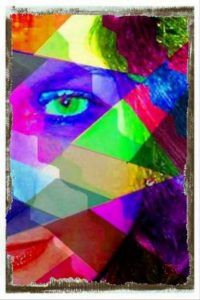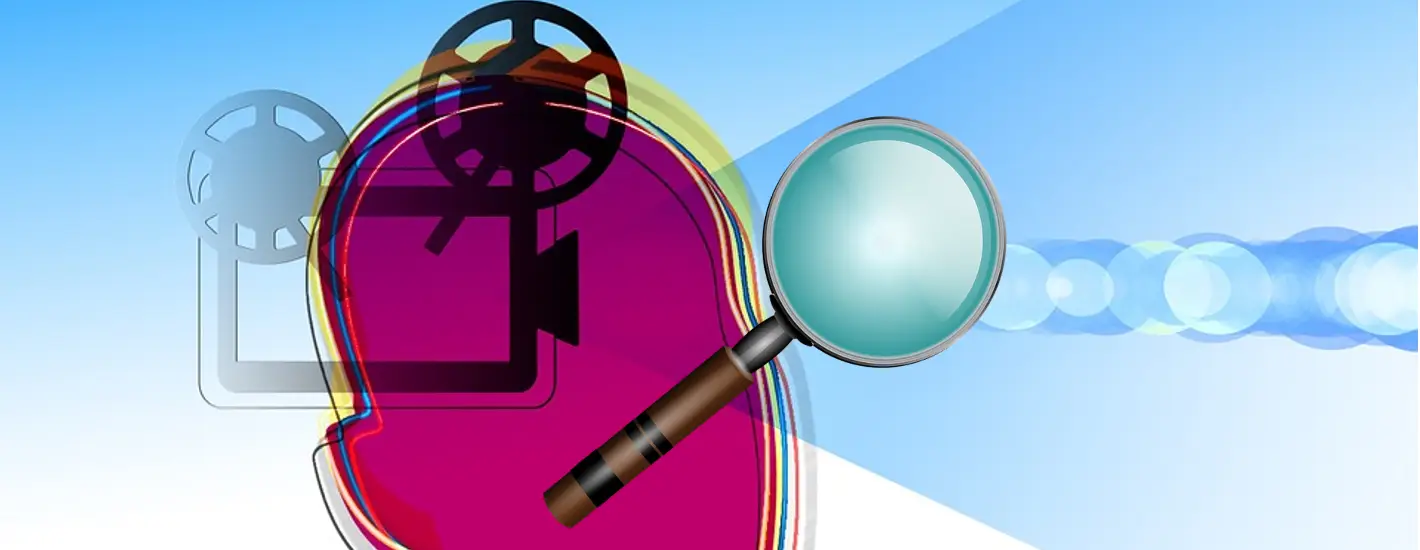When a creative mind is flowing with creativity, the focus becomes creating, not focusing.
Focusing on creating and focusing on focusing are NOT the same activities.
Just talk to any Creative who is bursting with ideas and concepts. The more they speak, the more they imagine, the bigger the vision becomes, and the more complicated to the listeners, unless they too are creative.
 When in a room full of creative individuals who are focusing on creating, you’ll hear mind-blowing ideas, solutions, and concepts that excite and delight. Many a Creative has entered this delicious zone of Creative Zen, only to enter the real world and then have to find the all of the various details and resources to make that dream become real.
When in a room full of creative individuals who are focusing on creating, you’ll hear mind-blowing ideas, solutions, and concepts that excite and delight. Many a Creative has entered this delicious zone of Creative Zen, only to enter the real world and then have to find the all of the various details and resources to make that dream become real.
Explaining these ideas to others is nearly impossible – especially when the idea or concept has never existed before. How was the digital watch explained to investors and producers – before the digital age? Everyone knew that a watch was wound manually, and everyone knew that a watch had a minute hand and an hour hand.
Needless to say, the only way to create excitement and the desire to buy was to SEE a digital watch and see what it could do. Consumers needed to be convinced and to understand the need for that powerfully creative idea.
But before that could happen, the individual who first conceived that idea had to focus himself first so the concept could be created or drawn. Then he had to present it to others in a language they would understand, who in turn had to do the same with other individuals who only knew how to build the thing from the standpoint of the existing industrial manufacturing of that day.
Before a Creative can master his creations, he or she must know who they are. You’ve heard the old adage, “Physician, heal thyself” – well, in this world, the adage is, “Creative, KNOW thyself!”
Focus begins with noticing. Notice what interrupts your creative flow, what stirs it up, and what complicates it. Noticing requires you to know and be in tune with who you are, how you work, how you think, and what inspires you.
Judith Briles, CEO and Founder of AuthorU, says she sets her intentions and creates the atmosphere that facilitates her being productive – and authentic. She noticed long ago that water stirred her creative flow and that she wrote better when she was inspired by the presence of moving water. She’s built several ponds in her yard, goes on annual cruises to write books, and has fountains in several areas of her home. She knows what works for her, and she has made certain that this is a part of her world in work, play, and rest.
 One of my clients mentioned that he preferred a certain type of purple ink pen to write with because it stimulated ideas and made him feel good. He then said he thought this color wasn’t very masculine, so he wasn’t using it. I could hear sadness in his voice and understood his grief. Not having his favorite pen in hand was like telling Michelangelo that he could not have a brush! Once he understood the importance of WHY he enjoyed that pen so much, he made certain that he had one at his fingertips when he needed it.
One of my clients mentioned that he preferred a certain type of purple ink pen to write with because it stimulated ideas and made him feel good. He then said he thought this color wasn’t very masculine, so he wasn’t using it. I could hear sadness in his voice and understood his grief. Not having his favorite pen in hand was like telling Michelangelo that he could not have a brush! Once he understood the importance of WHY he enjoyed that pen so much, he made certain that he had one at his fingertips when he needed it.
It’s the small things that help us stay on track. Music, water, silence or noise, colors, texture of paper, computers, programs, walks, nature, driving … the list goes on and on. Each Creative is a unique person and as such must first notice how he or she reacts in certain atmospheres and with what tools.
Noticing behaviors is also important. At one time I use to beat myself up for being so unfocused that I couldn’t finish a task in one sitting. Then I noticed that when I got up to do something else, it was because I was processing a thought or had a question that needed to be answered. I noticed the tasks I would do in the meantime were not thinking tasks, but activity tasks that required no thinking. Once I had processed my thoughts while my hands were busy, I’d go right back to what I was doing – and complete my creative task. Instead of turning to negativity, I gave myself permission to flow with my thoughts and to continue noticing what were distractions and what was processing.
Paying attention (focusing) on how to focus (being productive) is a must for an active, creative mind. When ideas are flowing, catch the ideas. Here are a few ideas to help with this:
- Capture ideas on 3×5 cards so they aren’t lost and can be sorted through later or acted upon.
- Capture your ideas and thoughts with a digital app on your phone.
If you are a blogger, create a draft of a blog and write the basic thought, keywords, and any images you want to go with it – and save it in your drafts for later completion. - Utilize a calendar such as Google’s calendar to alert you to deadlines via email or pop-up notices.
This is imperative! Doing a “Creative Mind Dump” will validate your ideas and put them in a ‘safe’ place where you can access them later so you can focus on the one idea you are involved with at the moment.
It is important to understand that a Creative Mind envisions completed projects or hears the music before it is written or feels the dance before it has been danced. It is seen, heard, and felt as though it already existed. To tell a Creative Mind to begin from the beginning and create something step by step is very hard, as it then pulls the ‘right’ brain activity into the ‘left’ sphere, where administrative thinking occurs. When that happens, the creativity bursts and is replaced with logic – and often negative verbalization.
Try this instead. Think of the full project in its completion and BACK INTO it by asking yourself how did I get to this place? Each question you ask addresses the step that came before the one you are seeing in your mind. Example: “How many years did it take to build this?” “Who funded it?” “What much capital was needed?” “Who were the workmen on this project – or who produced it?” “What team players did I need for this?”
By asking yourself questions about the small things, you’ll be able to create the big things. Notice. Ask clarifying questions. Notice. Create. Notice. Ask clarifying questions. Notice more. Create. Step by step, filled with gratitude, joy, and the tools you need, create the life you want the way you want it.
Experiment! Don’t think of failed experiences as mistakes. Reframe your thinking by noticing what worked and what didn’t – and call it research!
If you are a Creative, or if you employ, oversee, or live with a Creative and want to learn how to live life more fully, call me to discuss the value of Life Coaching.
QUESTION: What have you discovered that helps you to focus? What are your muses? Share your inspirations in the comment section below. I know others will want to hear them too!

